Jesus, Jesus, Jesus.
He showed up for my visit to the Belas Artes.
I wasn’t really surprised by this - you can usually rely on Bellas Artes museums to have a religious tone. But perhaps you’re not religious, like me, and are tossing around the idea of visiting on a rainy Sunday.
These are my thoughts.
The museum is free, so it’s obviously worth a short visit just to look around. The building itself is a lovely piece of modern architecture, blending between Coruña’s traditional old town and its concrete high-rises.
Goya’s room is interesting - once you cross a suspended bridge you enter a long room, lined with his sketches and etches. They’re all a little unnerving, creepy if you will. Nevertheless, I still enjoyed seeing other works by the painter of ‘Saturn devouring his son’, all similarly grotesque.
Sketches always makes me feel inspired to grab my notepad and sit down. Seeing how Goya’s style was so uniquely his was inspiration in itself to keep illustrating, to just keep on going until I stumble upon a style that works for me.
His uniform grayscale pieces show that you don’t need excesses of supplies and colours (although personally, I love them) to create an interesting image. I do wonder though what was happening inside his head.
I liked the room of plates that sits beside Goya, it’s like a palate cleanser for your eyes after viewing his works. I especially loved the whimsical ceramic dog salt seller, which I unfortunately forgot to photograph. Is it bad that I want one for my kitchen?
It looked a bit like this:
Another highlight for me was the selection of Galician art on the upper floor. I love the Galician connection to the sea, to nature, and to the pueblo. This thread that stretches between people and sea is something I can see within myself too.
Surrealism is incredibly interesting. Seeing the way that people’s minds work; the way they construct and assemble pieces of an artwork in their own way, it makes the piece come alive.
It would have been amazing to see more works like these, rather than confining them to a small room right at the top of the stairs. Personally they were the most interesting to see, the most connected to the feeling life in Galicia at present.

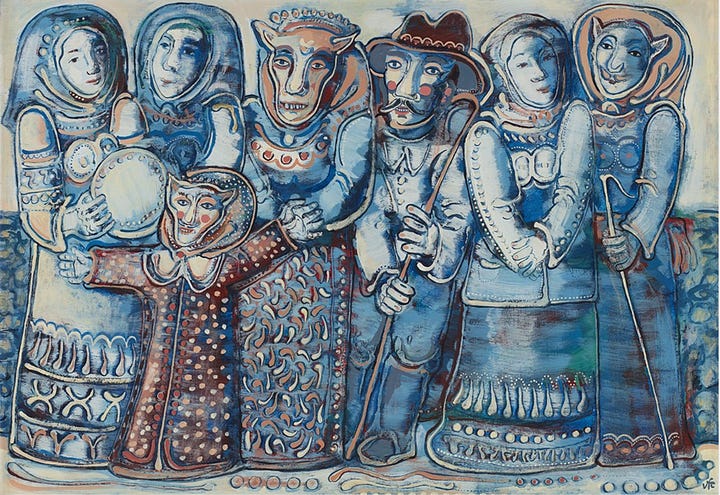
Jesus, then Goya… Next I’d like to see some women.
Unlucky!!!
Bellas Artes said ‘not today!’.
I’m not claiming there were 0 paintings by women artists on display. But I didn’t notice many at all.
The new architecture section on the lower floor boasts work by 21 architects and designers. It’s an interesting exhibition, the floor plans and old photos of the city are both nostalgic and mathematical. You can already guess what I’m going to say next.
Upon some quick research, it appears that there have been some female Galician architects; Rita Fernández Queimadelos, Elena Arregui Cruz-López, Milagros Rey Hombre. I would have loved to see their small contribution to Coruñese architecture mentioned in this exhibit. It’s true that their achievement and scale are smaller than those of their male colleagues, but when put into the context of gender, of dictatorship, they’re all the more impressive.
I understand that museums such as this are a reflection of past times. Bellas Artes especially are overarchingly religiously themed. But where is the effort from the Xunta to incorporate women and other minority groups into the narrative? (please Belas Artes, at least give it a think)

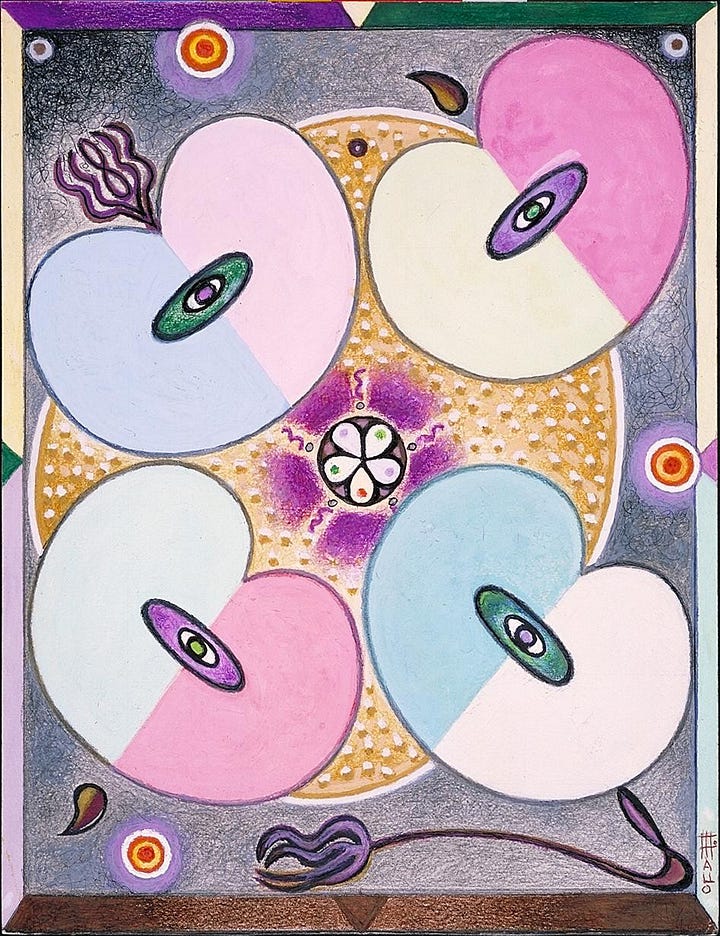
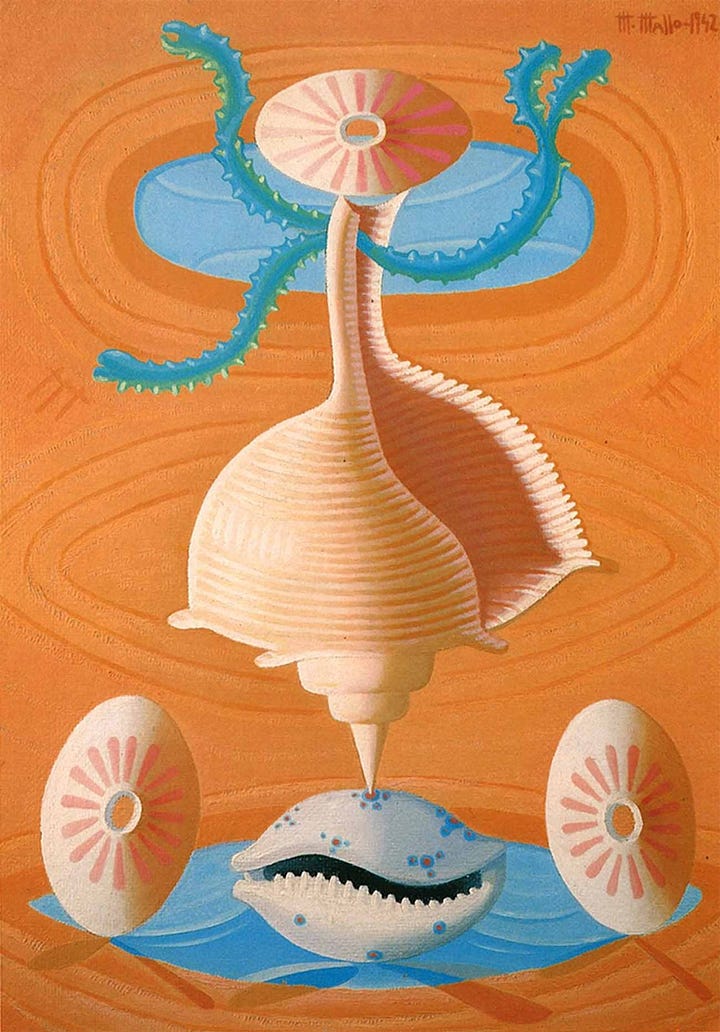
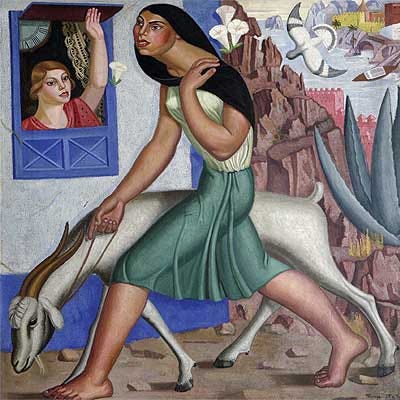
To round this up, yes - it’s worth popping into the Belas Artes. Just don’t expect too much. It’s not the most interesting gallery all-round, but there’s some worth-seeing art in there if you keep an open mind and look closely. I would recommend taking a sketchbook and pen if you’re artistically inclined - the building is well-lit by the sun and boasts some sharp lines and contours. If you like architecture, you’ll enjoy the new exhibition on the lower floor.
This person liked what they saw more than me:

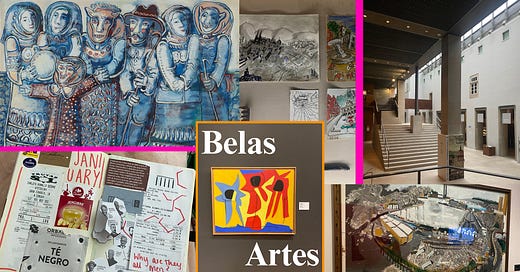


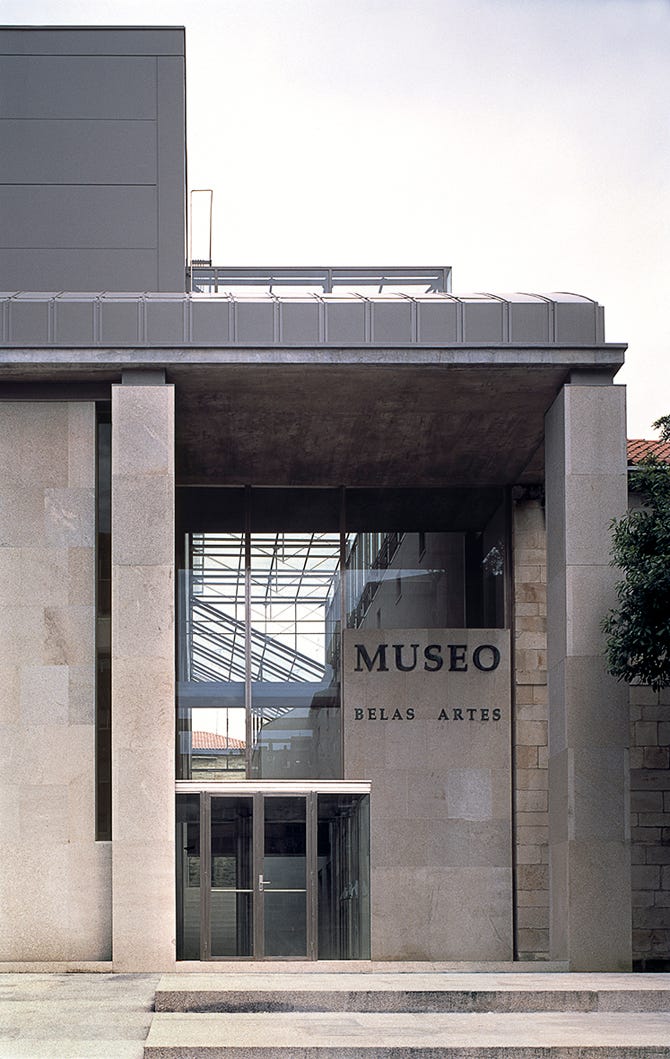

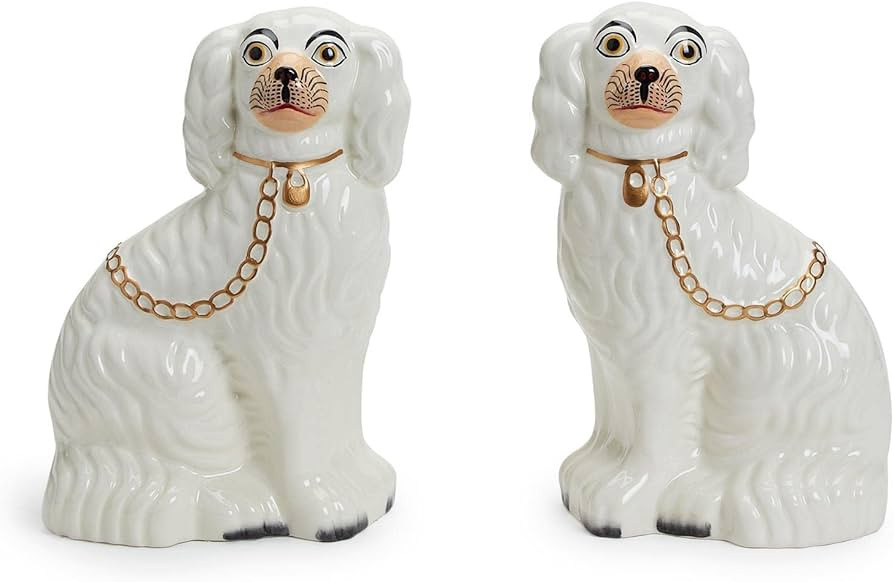
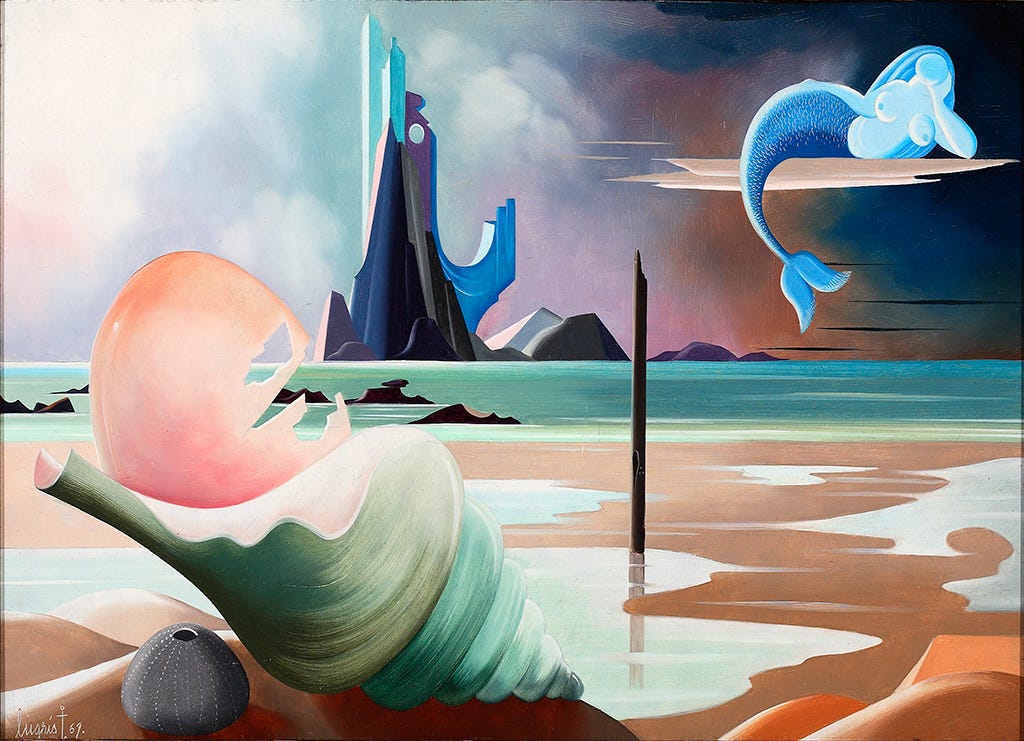
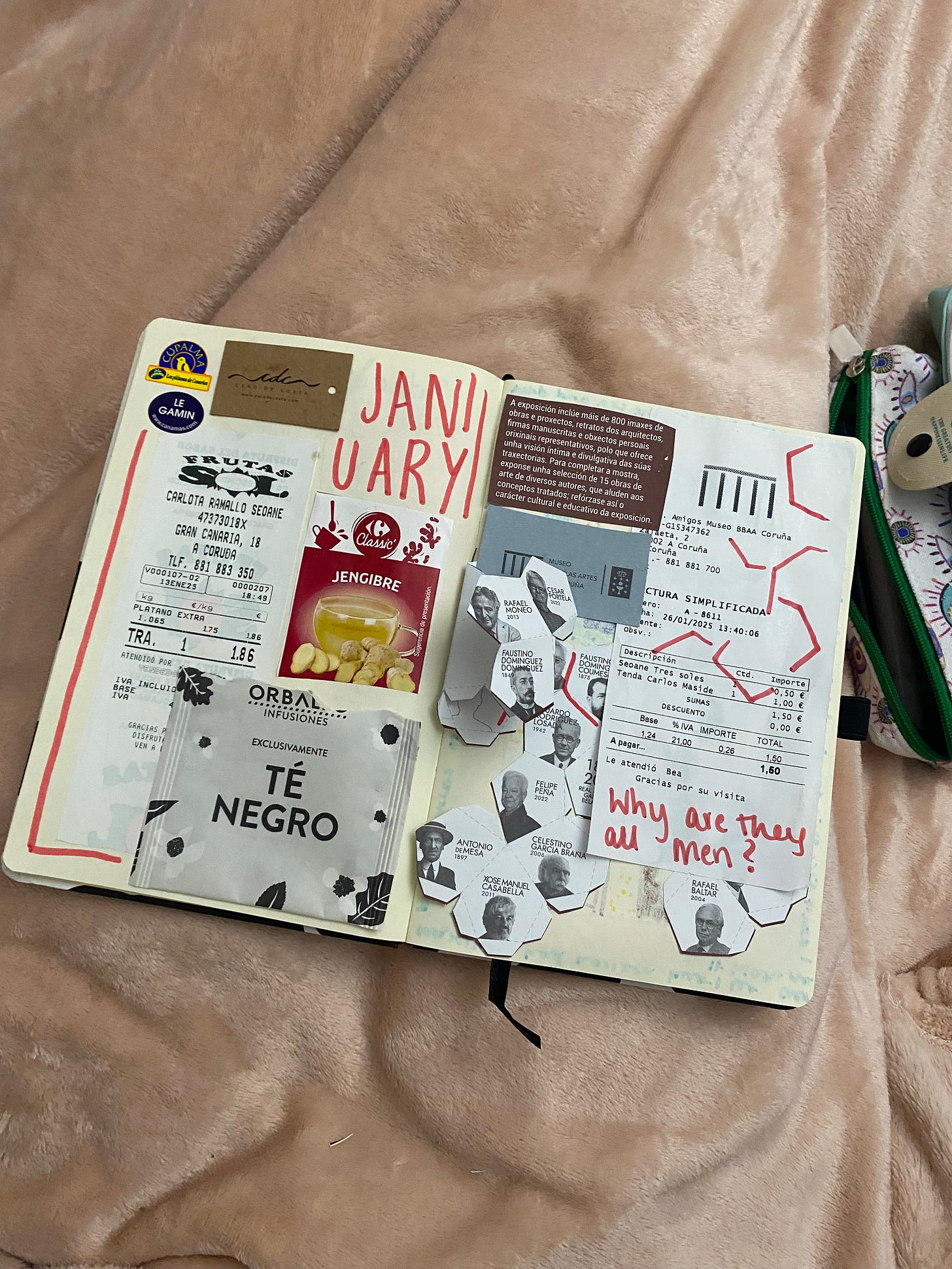



Voy a ir, viva Gali!